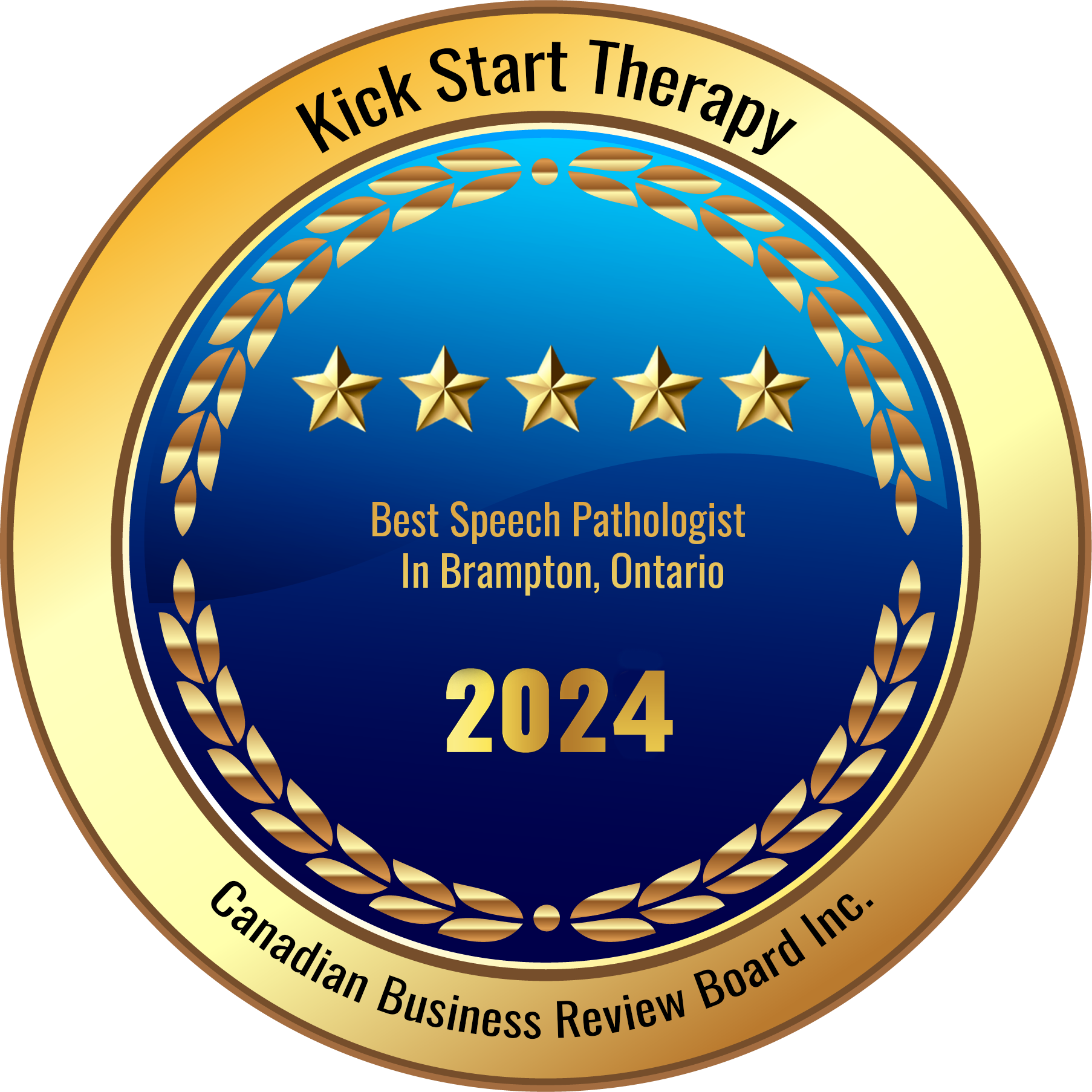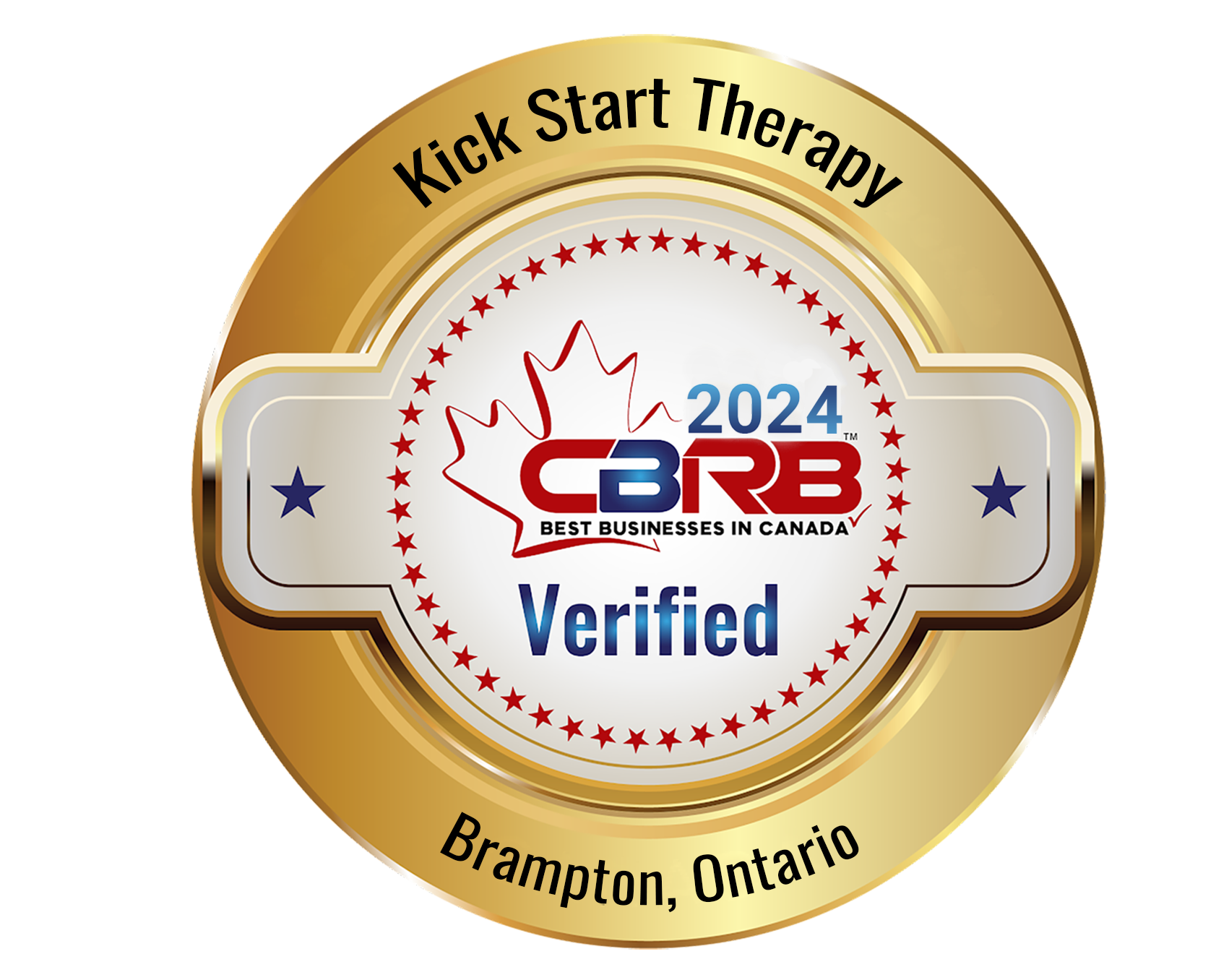
Many children around the age of 6 or 7 still pronounce rabbit as 'wabbit' or bathtub as 'baftub'. Well, it can be corrected using articulation therapy.
Sometimes a child might suffer from a variety of articulation-related difficulties. If the caregivers or parents are aware of such problems, they can help the child escape such a situation.
In articulation therapy, the speech therapist does the necessary screening. A child undergoing such treatment needs to know all the sounds, including the vowel and consonant sounds in a connected speech or in words. After assessing the sounds, the speech therapist would choose the appropriate target word. They will also elicit the sound and use a reasonable approach. Besides, therapists would work through the traditional articulation hierarchy unless the child can comfortably utilize the sound in everyday speech.
The therapist generally starts from the bottom of the hierarchy and works their way up. The steps that include in the hierarchy are:
It may be challenging to understand the emerging problem of articulation disorder in a child. However, if the child exhibits one of a few of these four types of articulation error, you must understand that the child is facing articulation difficulties. These errors include:
If the child tends to add syllables or sounds that do not belong in the word, they face articulation difficulties.
When the child tends to change a sound that seems like a lisp, one must understand that the child is going through articulation difficulties.
Difficulties can also occur when a child leaves out a sound from the speech altogether.
If the child substitutes one sound for another, this behaviour constitutes articulation disorder.
When a child becomes too conscious of the articulation disorder, they will display a specific behaviour. Some of the behaviour traits include:
The Speech and language pathologist of kickstart therapy would recommend speech therapy to correct the problem of articulation disorder. They offer convenient 1:1 sessions to the patient. Apart from that, tailored activities and exercise can help every child to improve their condition of articulation disorder.






